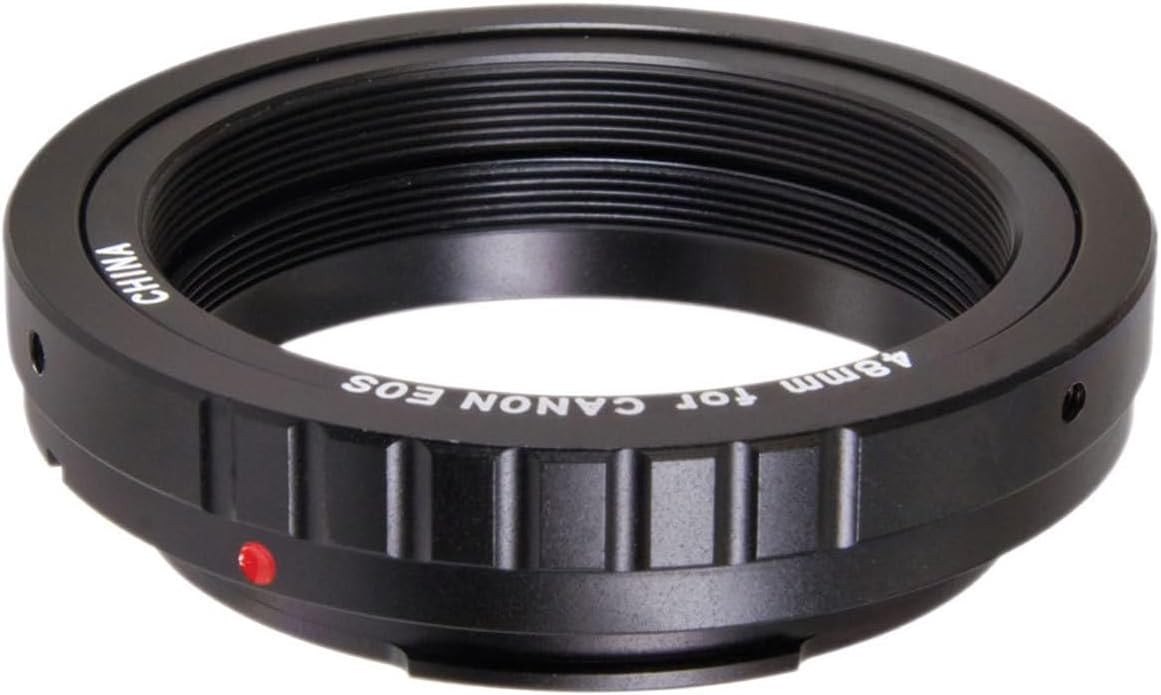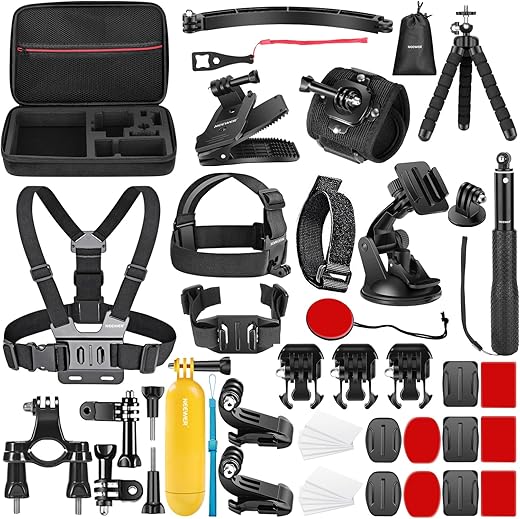
How to Choose the Right Photochromic Sunglasses for Your Needs
The step-by-step guide “How to Choose the Right Photochromic Sunglasses for Your Needs” is designed to help people select the most suitable photochromic sunglasses for their personal requirements. It provides a clear and concise outline of the key factors to consider when choosing these sunglasses, including the purpose of photochromic lenses, their benefits, and different types available in the market. By following this guide, readers will be equipped with the knowledge they need to make an informed decision and find the perfect photochromic sunglasses that cater to their specific needs.
Trending Eye-Protecting Shades



Understand Photochromic Sunglasses
Photochromic sunglasses are eyewear designed to automatically adjust their tint based on the amount of UV light present. They contain special molecules that undergo a chemical reaction when exposed to UV radiation, causing the lenses to darken. This darkening helps reduce glare and provide protection against harmful rays from the sun.
When indoors or in low-light situations, where UV exposure is minimal, photochromic sunglasses gradually return to their clear or lightly tinted state. This feature allows for seamless transition between different lighting conditions without the need to switch between multiple pairs of sunglasses. For example, when stepping outside into bright sunlight, photochromic sunglasses darken almost instantly to shield the eyes. Conversely, as one moves indoors or into dimmer lighting, the lenses begin to lighten up, reducing the tint to provide clearer vision.
To experience the effectiveness of photochromic sunglasses, simply wear them while going about your daily activities. Depending on the brand and model, it may take a couple of minutes for the lenses to fully darken or lighten, so be patient. Observe how the tint adjusts according to the intensity of UV light, providing better visibility and eye protection. By understanding how photochromic sunglasses work, you can make an informed decision when selecting eyewear that suits your needs and lifestyle.

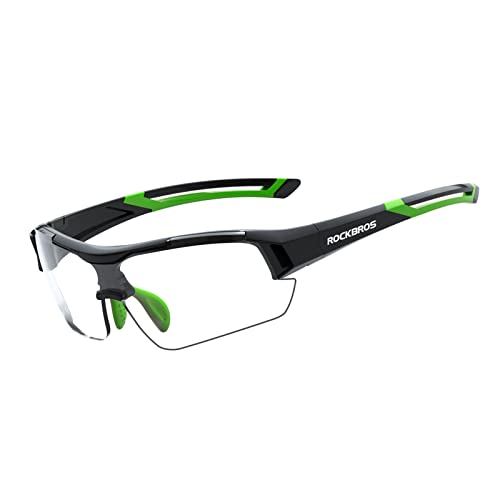
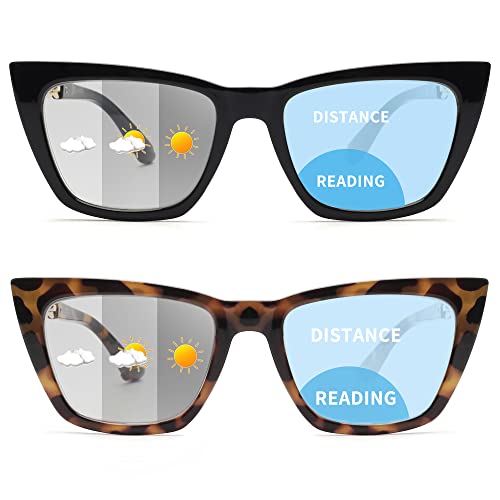
Evaluate Your Needs
Consider your lifestyle, activities, and specific needs when it comes to selecting sunglasses. To properly evaluate your needs, follow these steps:
- Determine your priorities: Think about what features are most important to you. Consider factors such as UV protection, durability, style, and lens color.
- Assess your lifestyle: Reflect on your daily activities and hobbies. Are you an outdoor enthusiast? Do you spend a lot of time driving? Are you involved in water sports? Your lifestyle will help determine the level of protection and durability you require.
- Identify your specific needs: Think about any specific requirements you have. For example, if you have sensitive eyes, you may need sunglasses with extra UV protection. If you engage in sports, you might want sunglasses with impact resistance.
- Make a checklist: Create a checklist of your needs and preferences. This will help you stay organized and focused when comparing different sunglasses.
- Consider lens options: Evaluate the different lens options available, such as polarized lenses, photochromic lenses, or tinted lenses. Understand the benefits and drawbacks of each option before making a decision.
- Try them on: Visit a store to try on different sunglasses. This will help you determine the style, fit, and comfort level of each pair. Pay attention to how the sunglasses feel on your face and whether they provide adequate coverage.
- Seek recommendations: Ask friends, family, or professionals for their recommendations. Their experiences and insights can provide valuable input when making your decision.
By considering your lifestyle, activities, and specific needs, you can carefully evaluate the features that are important to you in sunglasses. This will ensure you select the right sunglasses that offer the necessary protection, durability, style, and lens color that best suit your preferences and requirements.
Research Brands and Technologies
- Begin by researching various brands: Start by searching online or visiting local stores to explore different brands that offer photochromic sunglasses. Make a list of reputable brands known for their quality and reliability in the eyewear industry.
- Dive deeper into their technologies: Once you have identified a few brands, dive deeper into their technologies. Look for information about how their photochromic lenses work, what kind of materials are used, and if they offer any additional features like UV protection or polarized lenses. Keep track of the technologies that appeal to you the most.
- Read customer reviews and ratings: To get a better understanding of each brand’s performance and customer satisfaction, read reviews and ratings from other users. Look for feedback on the functionality, durability, and effectiveness of their photochromic lenses. Consider both positive and negative reviews to make a well-informed decision.
- Compare prices and warranties: Finally, compare the prices of the photochromic sunglasses offered by different brands. Take note of any warranty or guarantee provided by the manufacturers. Consider the overall value for money when evaluating each brand’s pricing and warranty options.
By following these steps, you will be able to thoroughly research and explore various brands and their technologies for photochromic sunglasses. Remember to prioritize reputable brands with a history of quality and reliability for the best possible eyewear experience.

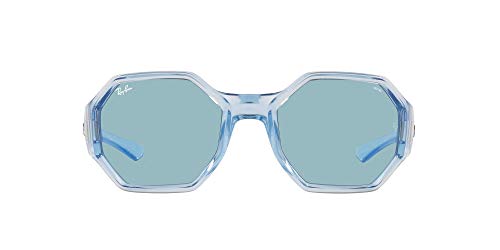
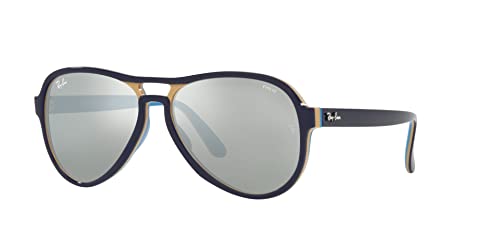
Consider Lens Material
Compare different lens materials, such as polycarbonate, glass, and Trivex. Consider their pros and cons, including impact resistance, weight, and optical clarity. For instance, polycarbonate lenses are highly impact resistant, making them a good choice for sports or safety glasses. Glass lenses, on the other hand, offer excellent optical clarity but tend to be heavier. Trivex lenses combine the best of both worlds, providing both impact resistance and optical clarity, while being lighter than glass lenses.
Evaluate Lens Colors
Lens colors play a vital role in enhancing visual performance and protecting our eyes from various environmental conditions. To learn about different lens colors and their benefits, follow these steps:
- Understand contrast enhancement: Some lens colors are designed to improve contrast perception, allowing you to see objects more clearly in different lighting conditions. For example, amber or brown lenses are known to enhance contrast and depth perception, making them ideal for activities like golfing or skiing.
- Explore color perception: Lens colors can also affect how we perceive colors. Gray lenses, for instance, provide true color perception, making them versatile for everyday use. On the other hand, green lenses provide excellent color contrast and are often preferred for activities like fishing or hiking.
- Consider specific activities: Different lens colors have specific benefits that make them suitable for particular activities. For example, rose or copper lenses enhance visual acuity, making them popular choices for activities that require quick reactions, like shooting or biking. Polarized lenses, available in various colors, are highly effective in reducing glare and are commonly used for water sports or driving.
By evaluating lens colors based on contrast enhancement, color perception, and suitability for specific activities, you can choose the most suitable lenses for your needs. Remember to consult with opticians or specialists for professional advice tailored to your individual preferences and requirements.
Try Different Frames
- Visit a local eyewear store or use online virtual try-on tools to begin your frame exploration.
- Try on frames of different shapes, such as round, square, oval, or cat-eye, to see which style suits your face shape best.
- Experiment with different sizes, ranging from small to oversized, to find the right fit for your face.
- Pay attention to how the frames feel on your nose and ears — ensure they are comfortable and don’t slide down or pinch.
- Take into account the aesthetics and choose frames that match your personal style and enhance your facial features.
Consider factors like comfort, fit, and aesthetics
- When trying on frames, assess the comfort level by ensuring they aren’t too tight or too loose on your face.
- Check if the frames properly fit your nose bridge and sit comfortably on your ears without causing discomfort.
- Consider the aesthetic appeal of the frames by evaluating how they complement your face shape, skin tone, and personal style.
- Experiment with different colors and materials of the frames to find the ones that enhance your features and suit your preferences.
Remember to take enough time to try on multiple frames and compare various styles before making a decision.
Check for UV Protection
To ensure that your photochromic sunglasses provide adequate UV protection, follow these steps:
- Look for a label or sticker indicating that the sunglasses offer 100% UV protection. This means they block all UVA and UVB rays that can be harmful to your eyes.
Example: Look for a label that says “100% UVA/UVB protection” or “UV400 protection.”
- If you can’t find a label, check the product description or packaging for information about UV protection.
Example: The description may state “blocks 99-100% of UVA and UVB rays” or “provides full UV protection.”
- Double-check the lens material. High-quality sunglasses often use polycarbonate or Trivex lenses, which naturally offer some level of UV protection.
Example: Look for lenses that are labeled as “UV-blocking” or “UV-absorbent.”
- Consider purchasing sunglasses from reputable brands that are known for their UV protection capabilities.
Example: Brands like Oakley, Ray-Ban, and Maui Jim are well-regarded for their UV protection standards.
It’s essential to ensure your sunglasses offer adequate UV protection to protect your eyes from the harmful effects of the sun’s rays. Follow these guidelines to make an informed decision and safeguard your eye health.
Read Reviews and Make a Decision
To gather more information about specific photochromic sunglasses, read customer reviews and expert opinions. Start by visiting online retailers or eyewear brands’ websites and look for the product you are interested in. Scroll down or click on the product to find the customer reviews section. Take note of what other customers have said about the sunglasses, including their thoughts on the photochromic lenses and overall quality. Pay attention to any recurring positive or negative feedback. Additionally, seek expert opinions by visiting reputable eyewear blogs or websites that specialize in sunglasses reviews. Look for articles or posts that specifically mention photochromic sunglasses and read about the experiences and recommendations of the experts. Once you have gathered enough information from both customer reviews and expert opinions, you will be better equipped to make an informed decision based on your research and needs.
Making the Perfect Eyewear Choice
In conclusion, choosing the right photochromic sunglasses for your needs involves understanding their functionality and benefits. It is essential to evaluate personal needs, research brands and technologies available in the market, and consider factors such as lens material, colors, frames, UV protection, and reviews. By following these steps, you can ensure that you find the perfect pair of photochromic sunglasses that not only protect your eyes but also enhance your overall visual experience.


